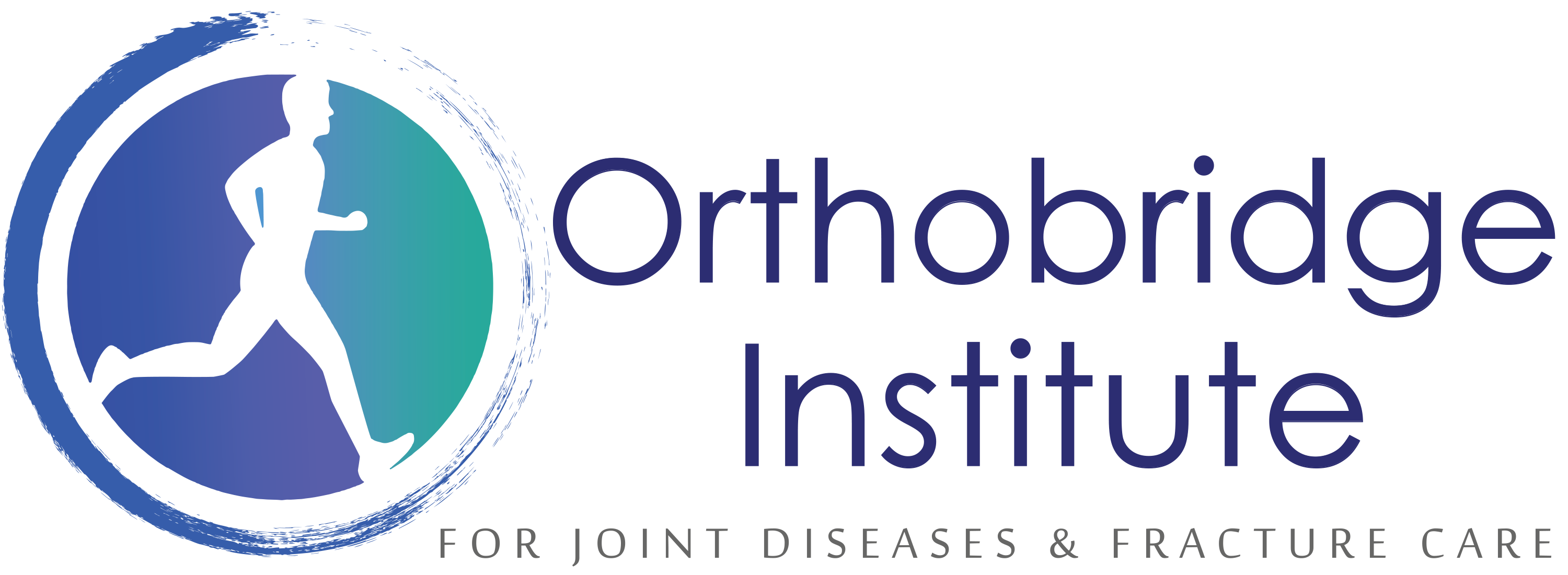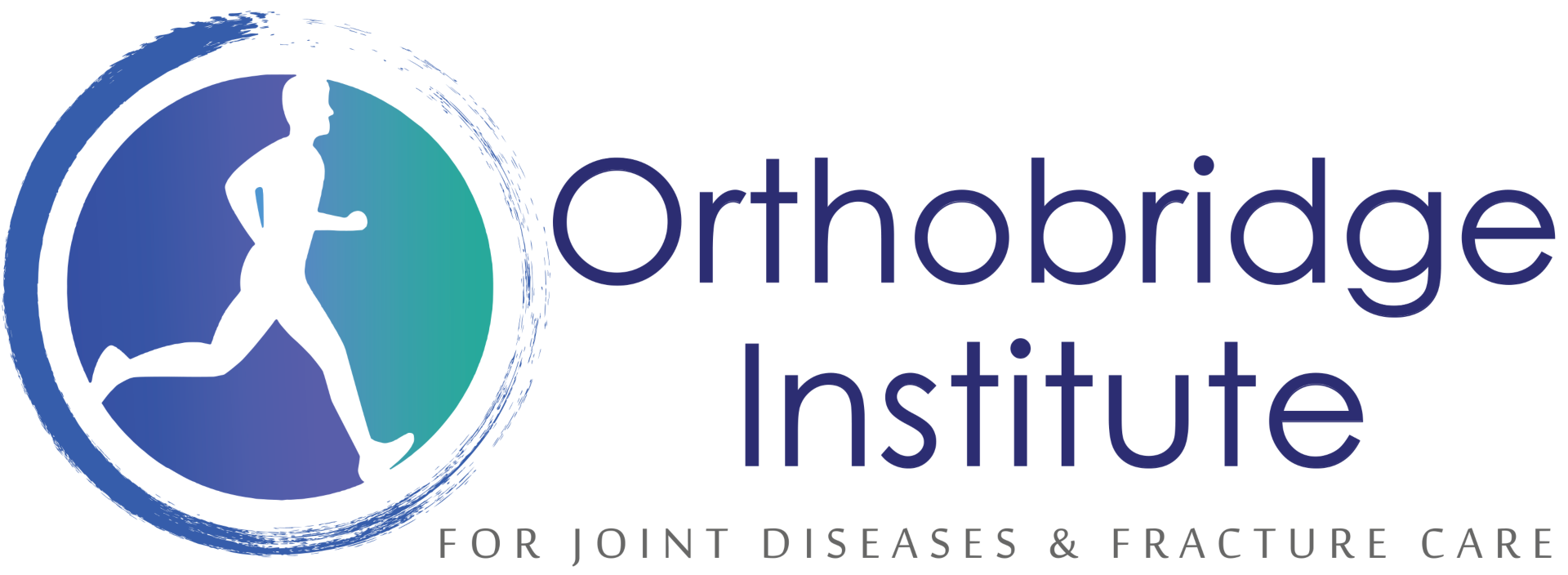Knee Dislocation
Learn more about some common hip fracture here we treat at Orthobridge Orthopedic Centre.
Knee Dislocation Treatment Kenya
A dislocated knee is a serious injury in which the thigh bone (femur) and the shin bone (tibia) become disconnected. This is different from a dislocated kneecap, which is when the kneecap (patella) becomes detached from its groove at the end of the femur. It should also not be confused with a partial dislocation (subluxation) which is due to a damaged ligament and can cause the knee to give way temporarily until the bones slip back into place.
- For a knee dislocation to occur, these ligaments must tear.
- A partial dislocation is referred to as a subluxation.
In some injuries, the kneecap (patella) and its ligaments are also disrupted.
Inappropriate or delayed treatment of a knee dislocation may result in loss of the leg.

Symptoms
The most common symptoms of knee dislocation are the visible swelling and deformity of the knee joint. The lower extremity will often look shortened and misaligned, and any movement of the joint will cause extreme pain.
About half of all knee dislocations are repositioned prior to arrival at the hospital. This is problematic as it may result in even greater injury and an increased risk of complications, including:
- Compression or damage of the peroneal nerve that runs along the outer edge of the calf
- Rupture or obstruction the popliteal artery and vein located at the back of the knee
- The development of deep venous thrombosis (DVT)
Causes
Knee dislocations are often the result of a high-impact injury such as an automobile crash, severe fall, and sports injuries.
How is a dislocated knee diagnosed?
A dislocated knee is a medical emergency and the joint will be repositioned as soon as you arrive in the emergency room. Once it is back in position, the surrounding tissues, nerves and blood vessels will need to be assessed for damage. It is highly likely that you will have tearing or rupturing of the anterior cruciate ligament and posterior cruciate ligament. You may also have damage to the cartilage, collateral ligaments and meniscus.
To diagnose the type and extent of these injuries you will be referred for an X-ray or CT scan which can show misaligned bones. An MRI scan may be used to assess the extent of damage to ligaments, tendons and cartilage. Your consultant may also order a CT angiogram, which is a special type of CT scan that uses an injection of dye into the vein to map blood flow. This can help to diagnose vascular obstruction. A Doppler ultrasound may also be used to assess arterial blood flow.
How is a dislocated knee Treatment?
In the early stages of treatment, the medical priority is to minimize any damage caused to the blood vessels or nerves. When these issues have been addressed and stabilized, attention can be turned to the structural tissue damage.
In almost all cases, surgery will be required, often to repair multiple ligament injuries, meniscus tears, and cartilage damage. Arterial injuries may require the direct repair of the affected vessel (with a synthetic patch, graft, or transplanted vein), an arterial bypass, or an embolectomy to remove a clot.
The surgery may be performed as an open operation (using a scalpel and large incision) or arthroscopically (using a scope, tube-like instrument, and keyhole incisions).
Nerve damage may require the expertise of a neurologic surgeon. It is not uncommon, in fact, for a knee dislocation to require multiple surgeries. Efforts may also be made to restore lost cartilage with such advanced techniques as cartilage implantation or cartilage transfer.



